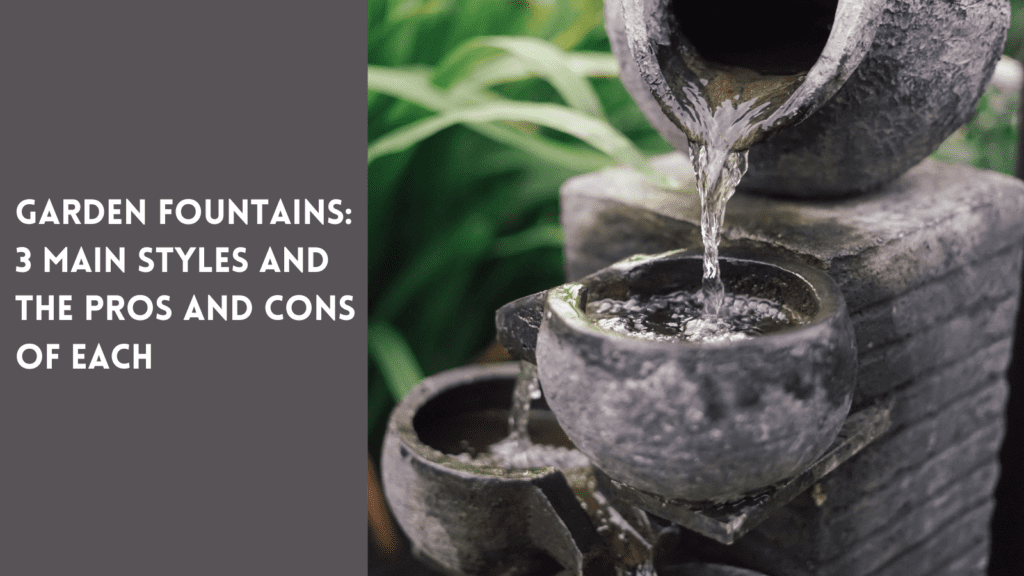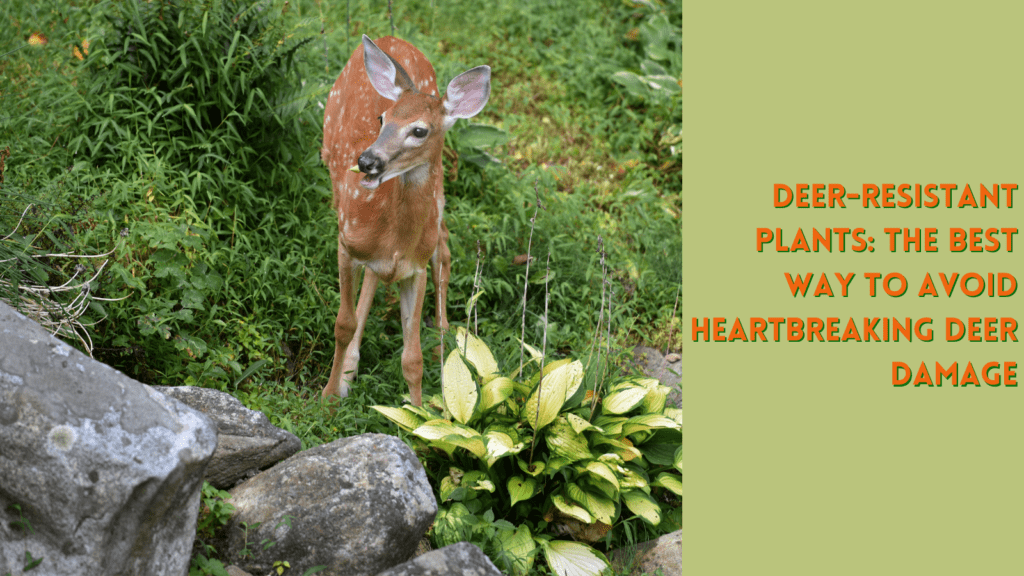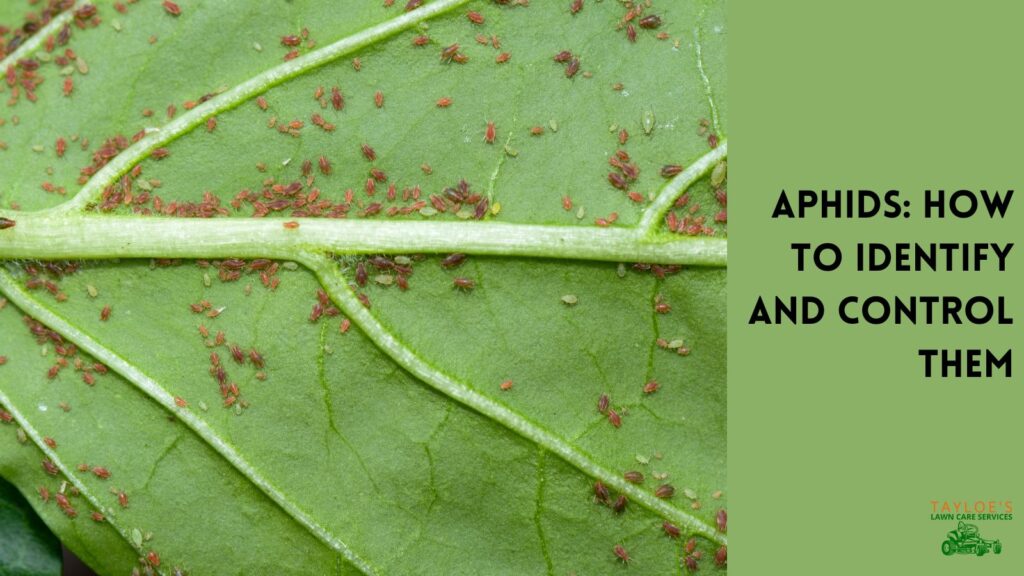Last Updated on: 29th December 2023, 02:10 pm
Dragonflies are often-overlooked garden helpers.
Backyard enthusiasts, have you ever paused to admire the iridescent wings of a dragonfly as it hovers over your blooms? These ancient insects are not only a delight to watch but also play a crucial role in maintaining the ecological balance of our gardens. Let’s dive deep into the world of dragonflies and discover how they can be a gardener’s best friend.
The Dragonfly Diet: A Feast of Pests
Dragonflies are voracious predators. Their primary diet consists of mosquitoes, flies, and other small insects. A single dragonfly can consume hundreds of these pests in just one day. This makes them an excellent natural pest control agent, reducing the expense of those chemical insecticides in your garden.
“Deep in the sun searched growths, the dragonfly hangs like a blue thread loosened from the sky.”
— Dante Gabriel Rossetti
How Many Bugs Does a Dragonfly Consume?
On average, a dragonfly can eat anywhere from thirty to hundreds of mosquitoes in a day. Over its entire lifespan, which can range from several weeks to a few months depending on the species, a dragonfly can consume thousands of pests. Imagine the impact of having a few of these in your garden!

Diving into Dragonfly Diversity
Dragonflies belong to the order Odonata and the suborder Anisoptera. There are over 3,000 species of dragonflies, each with its unique characteristics.
North Carolina is home to a diverse range of dragonfly species due to its varied habitats, from coastal regions to mountains. Some of the dragonfly species you might find in North Carolina include:
- Common Green Darner (Anax junius): Recognizable by its green and blue body, this species is widespread across North America and can be found in North Carolina.
- Eastern Pondhawk (Erythemis simplicicollis): This dragonfly is known for its striking coloration, with males being blue and females being green.
- Widow Skimmer (Libellula luctuosa): This species has a broad distribution and can be identified by its black wing bands and blue body in males.
- Blue Dasher (Pachydiplax longipennis): A common dragonfly with a blue abdomen and green eyes.
- Red Saddlebags (Tramea onusta): Known for its reddish-brown patches on the wings.
- Carolina Saddlebags (Tramea carolina): Similar to the Red Saddlebags but with more extensive red patches on the wings.
- Slender Baskettail (Epitheca costalis): A smaller species with transparent wings and a slender body.
- Common Whitetail (Plathemis lydia): Recognizable by its broad white abdomen in males and its brown body with white bands in females.
Dragonflies can be found on every continent except Antarctica. Their presence and diversity are often indicators of the health of an ecosystem, especially freshwater habitats.
Making Your Yard and Garden Dragonfly-Friendly
With their delicate wings and agile flight, dragonflies are more than just a visual treat in our gardens. Beyond their beauty, they serve as nature’s pest controllers, preying on mosquitoes, flies, and other small insects. If you’ve ever wished to see more of these enchanting creatures flitting around your garden, here’s a guide to making your outdoor space a magnet for dragonflies.

1. Prioritize Pristine Water Sources
The life cycle of a dragonfly is fascinating. They begin their journey as aquatic larvae, known as nymphs, which live underwater for months or even years before emerging as the adult dragonflies we recognize. Given this, water is a crucial element in attracting them.
- onds and Water Features: If you have the space, consider adding a fountain. Even a small water feature can be inviting. Ensure it has a mix of shallow and deeper areas to cater to different stages of its life cycle.
- Chemical-Free Waters: Keeping the water in your pond or feature free from harmful chemicals is imperative. Pesticides and certain fertilizers can be detrimental to dragonfly larvae. Instead, opt for natural water treatments and cleaning methods.
- A Dynamic Ecosystem: Clean water will naturally attract other insects, which serve as a buffet for adult dragonflies. The presence of diverse insect life is a sign of a healthy water ecosystem, perfect for nurturing dragonfly nymphs.
2. Offer Plenty of Perching Points
Dragonflies like to rest on tall plants, especially when they’re on the lookout for prey, mates, or rivals. Their territorial nature means they appreciate having higher vantage points.
- Tall Grasses and Reeds: Plants like rushes, reeds, and ornamental grasses are perfect. They not only add aesthetic value to your garden but also serve as natural perches for dragonflies.
- Garden Stakes and Structures: If you’re looking to add some height to specific areas of your garden, consider garden stakes or even trellises. These structures can act as additional perching spots.
3. Embrace Native Planting
Every geographical area boasts its unique set of plants that have evolved alongside local wildlife. These native plants play a crucial role in the local ecosystem.
- Support Local Biodiversity: By choosing to plant native species, you’re not just beautifying your garden but also supporting local biodiversity. These plants are often more resilient and require less maintenance.
- Attract a Range of Insects: Native plants naturally attract local insects, which is essential for a thriving garden ecosystem. As these insects become abundant, they’ll serve as a food source for hungry dragonflies.
Crafting a dragonfly-friendly garden is a rewarding endeavor. Of course, these magnificent insects will be so much fun to watch. Besides that, you will also benefit from their role in keeping pest populations in check. As you watch them dart and dance above your garden, you’ll know you’ve created a space that supports and celebrates the wonders of the natural world.

The Takeaway: The Dragonfly Is a Helpful Creature for Your Garden
Dragonflies are more than just beautiful creatures to admire. They play a pivotal role in controlling pests in our gardens. By understanding their habits and preferences, we can create an environment where they thrive, we can let nature take care of some of the bug control and enjoy our yards.
Follow Tayloe’s Lawn Care Services on Facebook for more lawn care, gardening, and landscaping tips.
Author Profile

- Deborah Tayloe is the CEO and co-founder of Tayloe's Lawn Care Services, LLC. She has a B.S.Ed and holds certificates in soil and water management and herbology from accredited programs.
Latest entries
 Lawn CareDecember 29, 2025Commercial winter lawn care is a must
Lawn CareDecember 29, 2025Commercial winter lawn care is a must GardeningSeptember 27, 2025What perennials, shrubs, and trees don’t like fall pruning (and why)?
GardeningSeptember 27, 2025What perennials, shrubs, and trees don’t like fall pruning (and why)? Trees and ShrubsSeptember 14, 2025Fall Shrub Pruning Guide (September–October)
Trees and ShrubsSeptember 14, 2025Fall Shrub Pruning Guide (September–October) Trees and ShrubsApril 22, 2025Boxwood Blight: Early identification and isolation
Trees and ShrubsApril 22, 2025Boxwood Blight: Early identification and isolation






